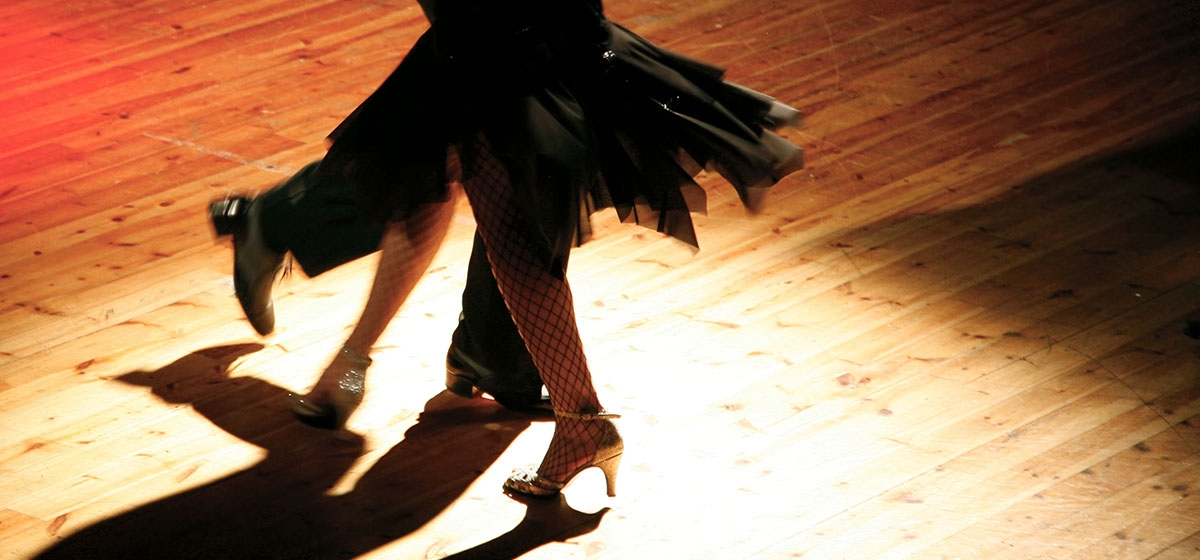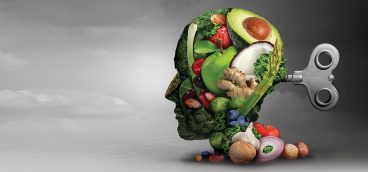Shall We Dance?

Don Shepherd may have stumbled upon the closest thing to the fountain of youth. While millions of Americans—and Steelers fans—tuned in to watch Hines Ward glide and smile his way across the dance floor in “Dancing with the Stars,” Shepherd was leading his own dance partner.
The 58-year-old Peters software salesman took up ballroom dancing a couple of years ago. He had lost his wife to cancer several years before and wanted not only to stay fit but also to find a social outlet. Dancing seemed a logical choice. He remembered as a child his grandmother always dancing—and always laughing.
After becoming a regular at the Arthur Murray dance studio in the South Hills, Shepherd slimmed down and quickly regained strength and balance following knee surgery (for an injury he attributes to 25 years of running). He met a wonderful partner. And there’s a good chance that he’ll avoid the mental decline that often comes with age. Regular ballroom dancing—not the demanding 10-weeks of training that celebrities go through for TV ratings, but rather the social, informal kind—is the only known physical activity to possibly protect against dementia. A review of the physical benefits of dancing for healthy older adults from the Journal of Aging and Physical Activity offers a long list: improved aerobic power and lower-body muscle endurance, stronger bones, not to mention improved heart health. And by improving balance, dancing can help prevent falls—the leading cause of injury death among the elderly.
In the July 2010 journal, Frontiers in Aging Neuroscience, German researchers who compared elderly amateur dancers to non-dancers wrote that dance is a “prime candidate for the preservation of everyday life competence of elderly individuals… and maintaining a regular schedule of dancing into old age can preserve cognitive, motor and perceptual abilities.” Perhaps the most intriguing research findings about dancing come from a study led by the Albert Einstein College of Medicine in New York City and funded by the National Institute on Aging. It looked at the leisure habits of senior citizens, 75 and older, over a 21-year period starting in 1980. The researchers discovered that those who did certain cognitive activities—reading books, playing board games and playing a musical instrument—were less likely to develop dementia and Alzheimer’s disease. One of the study’s surprises was that none of the physical activities—like bicycling, swimming or walking—appeared to protect against dementia. The only exception was dancing. And doing it frequently had the greatest risk reduction for dementia compared to any activity studied, cognitive or physical. So what makes dancing so special? It may be that it combines physical, mental and social aspects, plus the medicinal effects of music.
Dancing is wired into the human brain; it’s why we unconsciously tap our feet or sway to a beat. Neuroscientists have recently put a spotlight of sorts on the human brain and have discovered that our “cerebellum… meets criteria for a good neural metronome” and that dance may have served as an early form of language, according to a 2008 Scientific American article titled “So You Think You Can Dance?: PET Scans Reveal Your Brain’s Inner Choreography.” The article discusses how researchers measured blood flow in the brains of amateur tango dancers as they listened to music and moved their legs as if performing certain dance steps.
The researchers saw activity in a region of the brain’s right hemisphere corresponding to an area in the left hemisphere that’s associated with speech production. The authors wrote, “This finding bolsters the theory… that language evolved initially as a gesture system before becoming vocal.” The study also gives credence to Arthur Murray’s decades-old marketing slogan, “If you can walk, we can teach you how to dance.”
Those who think they have “two left feet” may benefit even more from dancing. Learning something new and challenging helps the brain form new neural connections, which can serve as cognitive reserves later in life. Although the basic foxtrot, swing and waltz all look easygoing and fairly simple among regulars, “it requires a lot of split-second decision-making, in both the lead and follow roles,” according to Richard Powers, an instructor at Stanford University’s Dance Division.
Don Shepherd knows this mental rigor all too well: “Dancing really exercises your brain,” he says. “It makes my brain hurt sometimes … just trying to think about ‘What am I going to do next?’ and ‘Who am I going to run into?’”
Dancing is part of his long-term plan to avoid his father’s fate—having to take lots of prescription medicine. Like his grandmother (who lived to be 95, was always lucid, and only gave up dancing when her eyesight failed), he’ll keep dancing for as long as he is able, mostly because it’s fun. “Riding my bicycle and dancing,” he says, “that’s my idea of vacation.”
Want to dance? Several dance studios in the Pittsburgh area offer ballroom dance lessons, including a free first lesson. Carnegie Mellon University has a Ballroom Dance Club (cmubdc.org) that’s open to the public. And the USA Dance Pittsburgh chapter (usadancepgh.com) hosts regular Latin and ballroom dances. For a schedule of swing and blues dances (lessons before each dance) see pghdance.com.




